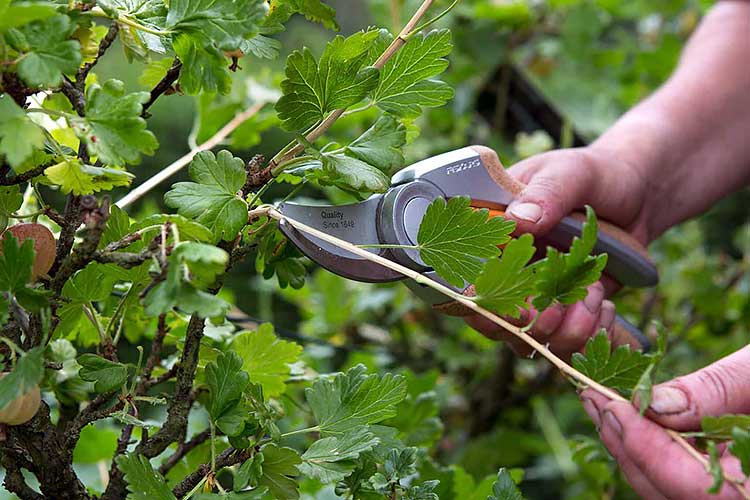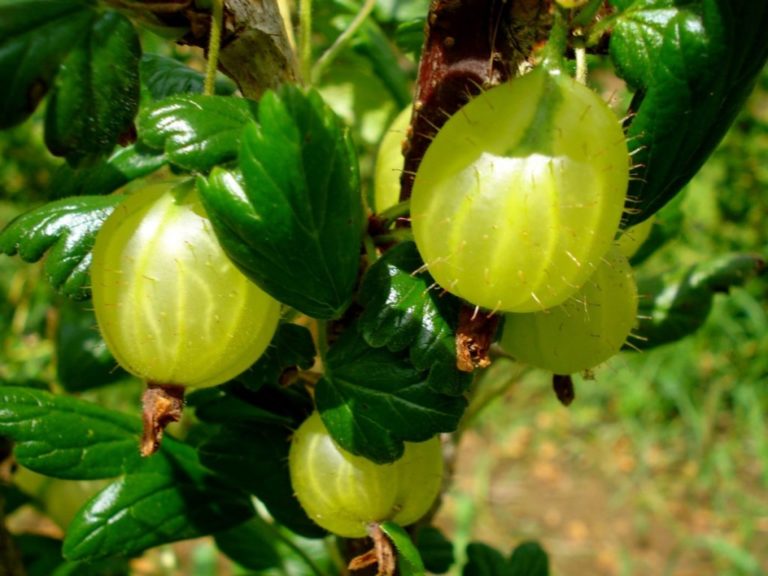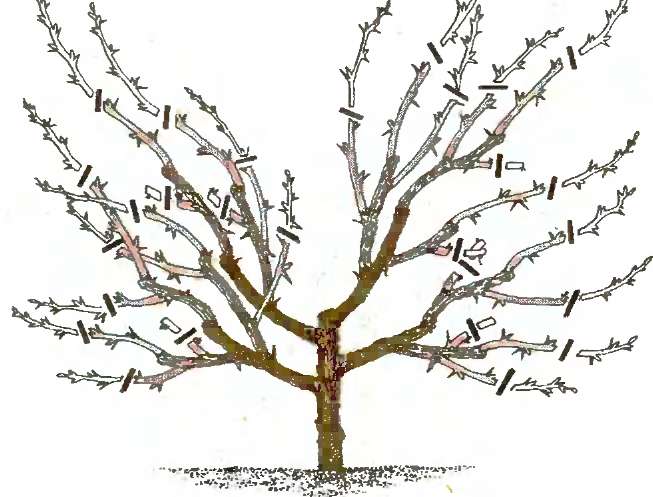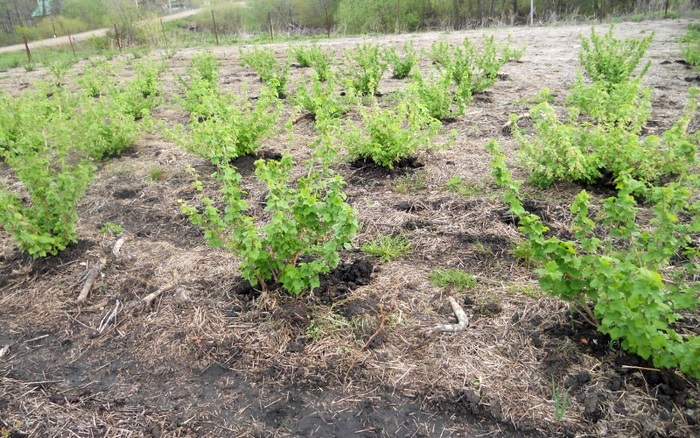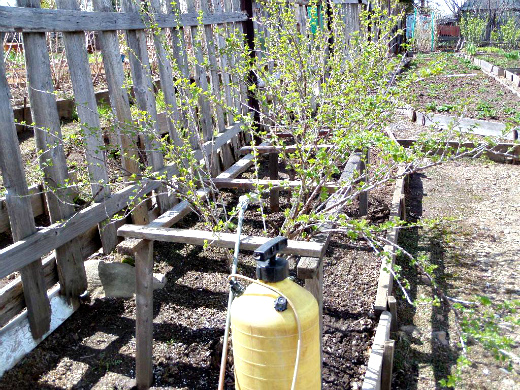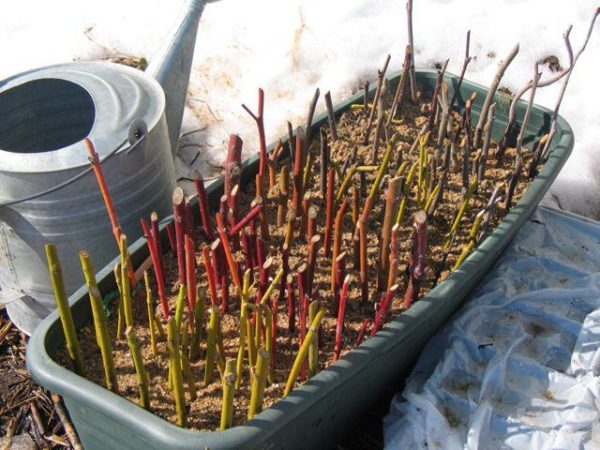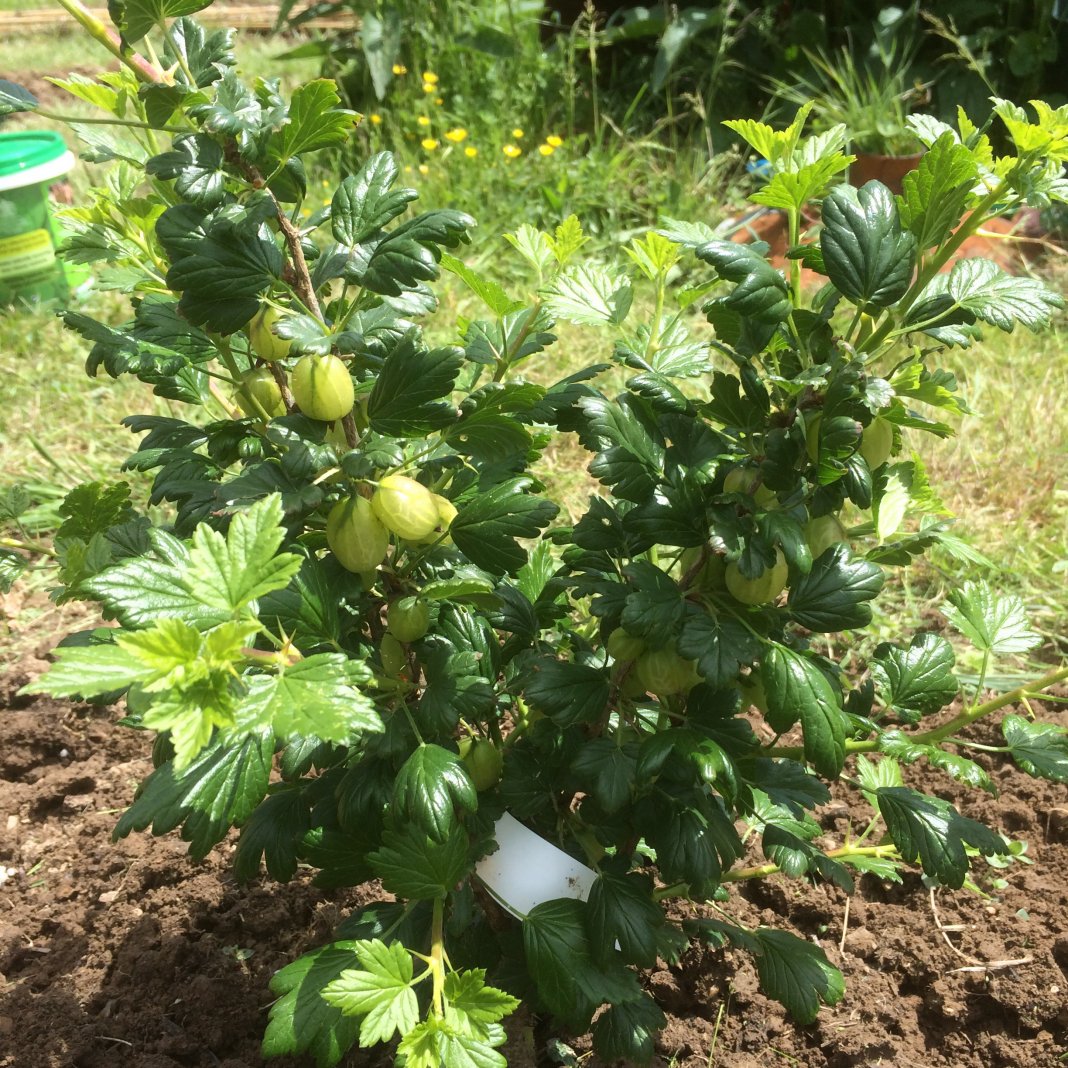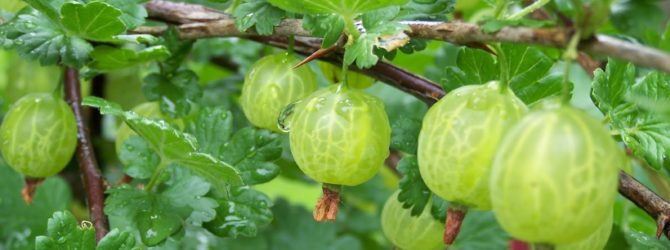Content:
On any garden plot you can see at least one berry bush. The most preferred among domestic summer residents are garden crops such as currants and gooseberries. Before pruning currant and gooseberry bushes in the spring, in addition to having knowledge of basic crop care, it is necessary to familiarize yourself with the features of these agrotechnical works. The implementation of high-quality pruning of currant and gooseberry bushes in the spring can have a positive effect on the gastronomic and quantitative indicators of yield.
Preparation of the necessary inventory
Before starting trimming activities for the summer, you should prepare the right garden tools. It is possible to remove excess branches from berry bushes using a number of tools designed for pruning:
- garden hacksaw;
- knot cutting tool;
- pruning shears with two pointed blades;
- electric brush cutter;
- garden knife.
When pruning bushes using any of the tools presented, you should follow a certain sequence of actions.
Sharpening your garden tools is essential to create perfectly straight cuts.
It is necessary to carry out the processing of the sections no later than one day after the excess shoots have been removed. Each cut should be lubricated, the diameter of which is close to 10 millimeters.
Benefits of pruning bushes
High-quality pruning work has a positive effect on the general condition of the shrub plantation, which consists in:
- creating an aesthetically pleasing bush shape;
- the ability to rejuvenate even old plantings;
- prolongation of the ability to bear fruit;
- a positive effect on the life span of a shrub;
- the ability to adjust the number of shoots;
- even distribution of nutrients in the plant's body;
- improving the conditions in which fruiting is carried out;
- increasing the quantitative indicator of productivity;
- prevention of diseases;
- preventing the appearance of foci of insect parasites;
- shrub formation.
How to prune and shape a blackcurrant bush
Regardless of the varieties, black currant bushes are molded in one of the most suitable seasons: spring or when the late calendar autumn begins:
- early April;
- End of october.
Trimming work should be carried out until a stable + 8 ° C air temperature is established.
The duration of the full development cycle of a blackcurrant bush is 6 years.Regardless of what time the beginning pruning of currant or gooseberry bushes is carried out: spring or autumn, this procedure is carried out immediately after the planting material is planted. Primary pruning involves cutting off the branch completely. During subsequent pruning procedures, 2 formed buds should be preserved on each of the branches. At the end of the first year, a black currant bush should retain 5 annual shoots.
The following year after planting involves shortening the secondary branches. About 5 buds should be left on each branch. The following parts of the plant are pruned:
- apical;
- weakened branches;
- broken branches;
- infected branches.
In the third planting year, the third part of the formed perennial shoots is shortened. Only branches that are one year old are preserved.
At the age of four, the black currant bush bears fruit with maximum intensity. Thus, a currant bush will be able to give a bountiful harvest if there are 12 shoots of different ages.
At the age of seven, shoots are removed that are more than 5 years old.
The procedure for rejuvenating old shrubs involves pruning the ends of the branches. In addition, it is necessary to thin out the planting, get rid of old and fertile branches.
How to shape red and white currants
Skeletal branches, formed by red and white currants, are the most durable in comparison with black currants. Removal of old shoots is carried out in the 8th year of germination. Five-year-old branches rejuvenate by removing lateral branches.
The formation of fruiting buds on shrubs of red and white currants is carried out in the apical part of the shoot. The development of bouquet shoots occurs in the vicinity of annually germinating stems. The duration of their fruiting ability is 4 years.
The correct annual formation of the bush is to preserve the four most actively developing branches, which are one year old. Trimming each of the shoots consists in shortening by removing the unripe apical parts of the shoots, which are described by a specific selected scheme.
Old, infected and broken branches are also removed. Thus, the rejuvenation of adult and old currant bushes is carried out. At the age of eight, which is considered the most suitable for pruning red and white currants, one shrub should contain 12 branches of different ages.
How to trim and shape gooseberries
The gooseberry bush, similar to the black currant, should be pruned in April or October, but these methods differ in that short-lived skeletal-type branches are used as the basis for the formation of the gooseberry.
Pruning of blackcurrant bushes and gooseberries is carried out using an identical algorithm.
Shoots of long-lived varieties of gooseberry shrubs are pruned at the age of eight.
When planting, cut off the branches of the planting branches as short as possible. At the end of pruning procedures, 4 buds should remain on healthy branches, and one on weaker ones.
It is necessary to shorten the zero shoots annually. However, the 4 healthiest branches should be kept.
For each zero branch, it is necessary to prune in the not yet ripe apical part. Berry fruits ripen on fruiting annual branches and growths. The average age of the onset of fruiting gooseberries is 4 years. Therefore, you should start pruning branches at the age of five.
In addition to preventing excessive thickening of the gooseberry bush, pruning measures are aimed at preserving nutrients, reducing the risks of pathogenic microflora damage and preventing the occurrence of parasitic foci that can be spread by one pest that has settled at the planting.
The formation of currant bushes and gooseberries by pruning procedures is a necessary measure for the care of these garden crops. If the pruning of currants and gooseberries in spring is carried out qualitatively, this will have a positive effect on the qualitative and quantitative indicator of yield.
